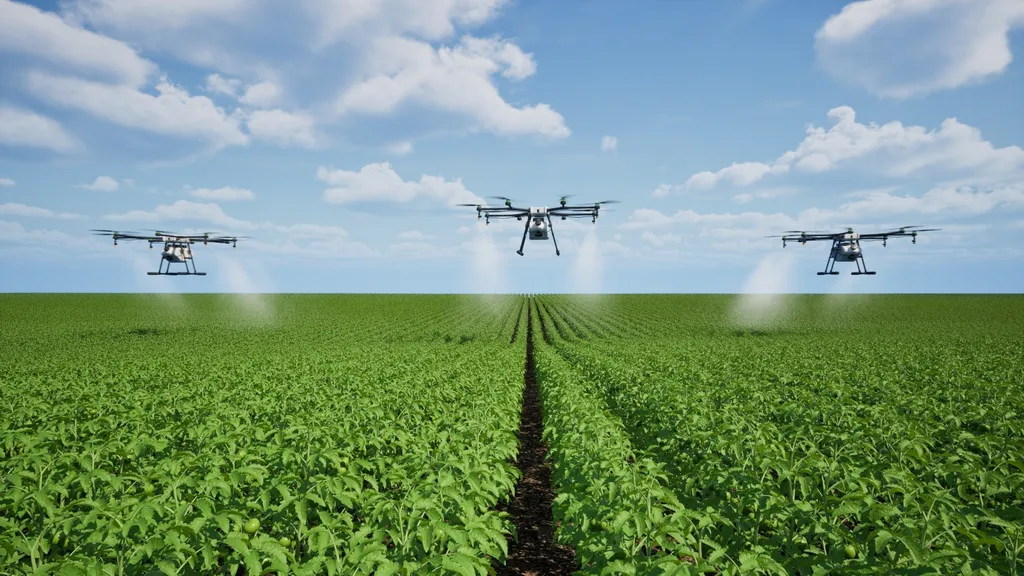The march towards autonomous farming continues to gain momentum, with manufacturers and farmers alike grappling with the complexities of replacing human operators with robots and autonomous tractors. While the technology to drive these machines autonomously is already impressive, the real challenge lies in monitoring and managing the various implements connected to them.
When automating a task, it becomes clear just how much the human driver does, even during seemingly simple, monotonous tasks. Something can always go wrong, and the driver is relied upon to correct it. Now, robot manufacturers are introducing the first sensor modules that can be installed on existing implements to monitor their operation to some extent. This is a significant step, as it allows for some level of automation in tasks that were previously performed by human operators.
However, the challenge is considerable for machines already on the farm. Farmers must decide which machines to ‘secure’ to work more reliably with an autonomous robot or tractor. They must consider what can go wrong, how serious it would be, what sensors are needed, and whether the investment is worth it.
The complexity of the machine and what needs to be monitored largely determines how complex it becomes and how many sensors are needed. For instance, tillage implements may only require a few sensors, while a potato harvester may need many more. Complex machines often come from the factory equipped with sensors and a terminal, as manufacturers have already built in systems to continuously monitor certain aspects of the machine. The challenge then lies in transferring machine error messages to the autonomy system and ensuring that the autonomous platform responds appropriately.
Calibration and adjustment work is required to ensure that the autonomous system responds when necessary, but not so cautiously that it stops every five minutes. Experience gained in practice will be essential here, and fortunately, much work is already being done in this area.
Looking ahead, the next step may be machines delivered from the factory with sensors that not only monitor machine functionality but also the quality of the work. The machine could then check whether it is operating optimally and, if not, send a signal to the tractor or robot. This could involve adjusting the lifting height, engine speed, or driving speed to achieve optimal performance.
With the rapid developments in automation and robotics, it remains to be seen who will take on which role. However, one thing seems certain: the quality of the work will improve as a result. At the upcoming Agritechnica, there will undoubtedly be much to see on this topic, with manufacturers showcasing their vision of the future.
In the meantime, there is still plenty to harvest, and the journey towards autonomous farming continues. The challenge is significant, but the potential benefits are immense. As farmers and manufacturers work together to overcome these challenges, the future of farming looks increasingly automated and efficient.

